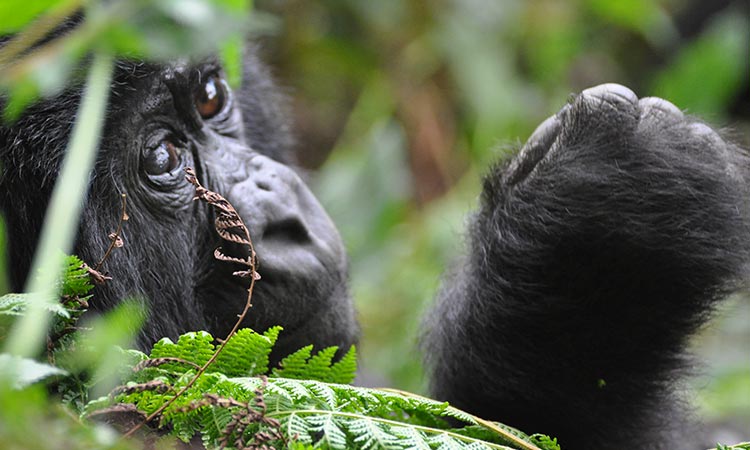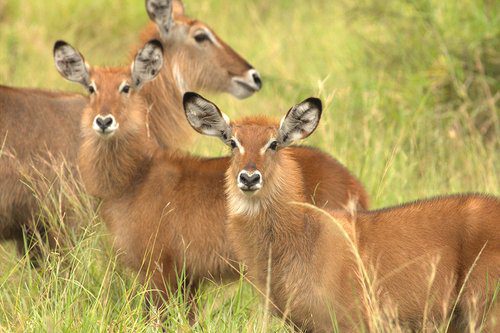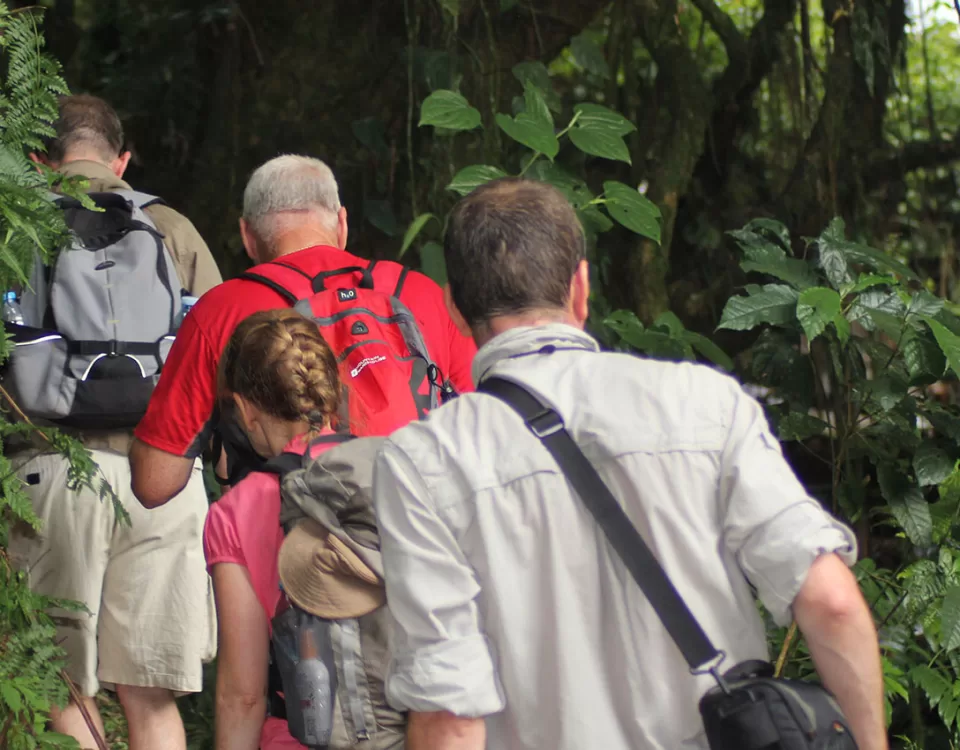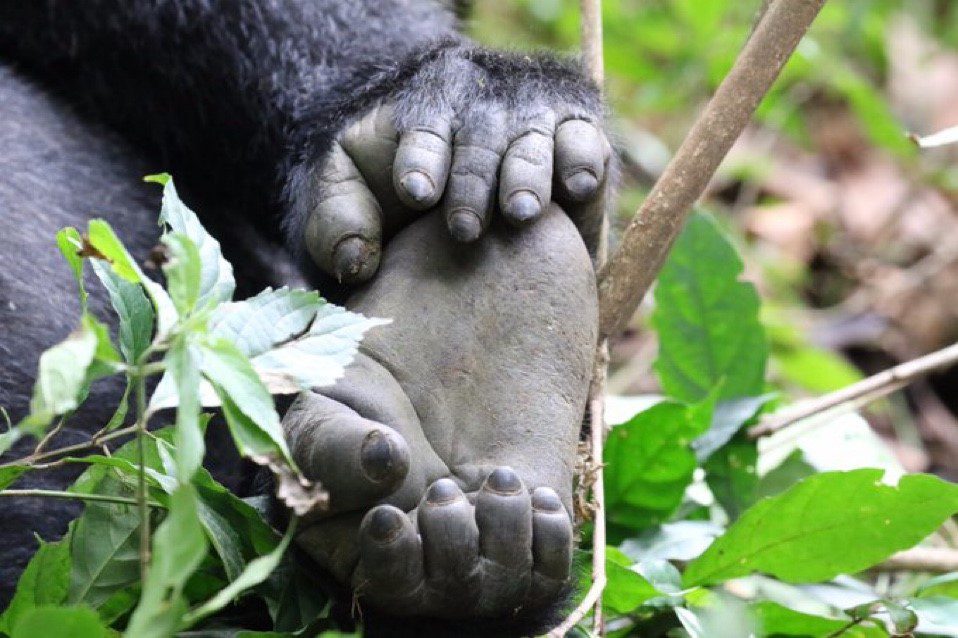Rwanda Gorilla Trekking Experience

Wellness Safaris in Uganda
September 6, 2023
Community Based Tours in Uganda
January 29, 2024Rwanda Gorilla Trekking Experience
Located in northwestern Rwanda, the Rwanda Gorilla Trekking Experience unfolds within the expansive Volcanoes National Park, spanning 160 km2 (62 sq. miles).
As an integral part of the broader Virunga Conservation Area, the park shares borders with Virunga National Park in the Democratic Republic of Congo and Mgahinga Gorilla National Park in Uganda.
Renowned as the ‘Land of a Thousand Hills,’ the Virunga Mountains contribute to Rwanda’s striking landscape. Volcanoes National Park is celebrated for its picturesque bamboo forests and captivating scenery, serving as the habitat for the endangered mountain gorillas and golden monkeys.
Notably, the park also holds historical significance as the former base of Primatologist Dian Fossey.
What is the cost of a gorilla trekking permit in Rwanda?
A gorilla permit is an official document that authorizes your visit to the mountain gorillas in Rwanda. Valid for 24 hours, the permit allows you to engage in a gorilla trek and spend one hour in the captivating company of a designated family of mountain gorillas.
Obtainable through the RDB Tourism Reservation Office, the gorilla permit costs $1500 per person. Issued on a first-come, first-served basis, the availability of permits is never a guarantee.
To secure a permit, interested individuals can make reservations through a registered tour operator. It’s essential to note that each gorilla family encounter is limited to a maximum of eight visitors per day.
This deliberate restriction aims to minimize disturbances and prioritize the overall well-being of the gorillas.
Within the park, there are a total of 10 gorilla groups, resulting in the availability of 80 permits for Rwanda on any given day.
This careful management ensures a sustainable and responsible approach to gorilla trekking, balancing the needs of both visitors and the gorilla population.
Please Note: Permits are on a first come first serve basis and recommended to book well in advance at least 4-6 months before your gorilla trekking in Rwanda trip.
How long does a typical gorilla trekking experience last in Rwanda?
Embarking on the thrilling journey of tracking mountain gorillas in Volcanoes National Park is an adventurous undertaking that involves traversing challenging terrains.
Trekking through dense vegetation, ascending steep and often muddy hillsides, and navigating altitudes exceeding 10,000 feet (3000m) are part of this unique ultimate gorilla trekking experience.
Before commencing your gorilla trekking adventure in Rwanda, a registration procedure is conducted. During this process, park staff determine the allocation of visitors to specific gorilla families.
The official gorilla trek kicks off with a mandatory briefing at 7:00 am, providing crucial information about safety measures. The actual trek commences at 8:00 am after each visitor is assigned to a specific gorilla group for the trek.
Following the briefing, visitors, accompanied by their park guide, head to the vehicles that transport them to the starting point of the gorilla trek. To facilitate the journey, hiking assistants are available for a fee of FRW 10,000 (approximately US$20).
These assistants can help carry backpacks and offer support to trekkers with physical challenges, enhancing the accessibility of this remarkable experience.
Gorilla trekking is undoubtedly a challenging and strenuous endeavor, yet it stands as the most rewarding ultimate primate adventure.
The duration of a trek to view mountain gorillas typically ranges from 3 to 6 hours, based on the pace set by the group members.
What are the Gorilla Trekking Rules and Regulations in Rwanda?
Gorilla trekking rules and regulations serve as guidelines or safety measures not only to ensure the survival of mountain gorillas but also to safety of trekkers while in the wild with these creatures on your Rwanda Gorilla Trekking Experience.
They include:
-
Gorilla trekking is restricted to only 8 visitors per gorilla family per day
-
The age limit for gorilla trekking is 15 years old.
-
No visitor is allowed to trek gorillas when sick or not feeling well
-
Visitors are not allowed to eat, drink, or smoke while on a trek to view mountain gorillas
-
A distance of 8-10 meters should be kept at all times away from gorillas
-
Flashlight cameras for photography aren’t allowed or better you can turn the lights off before you begin taking pictures of these apes.
-
Low voices should be kept while in the wild tracking gorillas.
-
When gorillas approach or rub themselves on you, don’t try touching them – this gorilla rule is vital because it limits any likelihood of infectious diseases spreading.
-
No littering the habitat, have all your used containers or items carried back to the visitor center or lodge and dump them in the designated dustbins.
How many Gorilla Trekking Groups are in Rwanda?
There are 10 gorilla families available for visitors to trek in the Rwanda Gorilla Trekking Experience at Volcanoes National Park, with each group accommodating 8 visitors per day. Here are details about each habituated gorilla family:
The Susa group: 28 members including 3 silverbacks. Susa was named after the Susa River and was the largest gorilla group before it split into two.
It was the group studied by Dian Fossey and is popular because of a pair of twins, Byishimo and Impano.
The Karisimbi group: 15 members including 3 silverbacks. This family is split from the Susa family and has 15 members living on the lower slopes of Karisimbi Volcano.
The Sabyinyo group: 12 members including 2 silverbacks. The group was named after the Sabyinyo Volcano. Sabyinyo means ‘old man’s teeth’ and the group stays between the slopes of Mt. Sabyinyo and Mt. Mgahinga.
The Amahoro group: 17 members including 1 silverback. Amahoro means ‘peaceful’ and the group is gentle and peaceful. It lost its members to Agasha because its Silverback didn’t challenge other Silverbacks. Yet, the hiking is a bit challenging.
The Umubano group: 11 members including 1 silverback. Umubano means ‘live together’ as the group formed when it split from the Amahoro group though they share the same territory. Umubano is known for its active and playful juveniles.
The Kwitonda group: 18 members including 2 silverbacks. Kwitonda means ‘humble one’, a name given to the group after the name of their dominant silverback.
The group settles on the lower slopes of Mount Muhavura one of the most challenging hiking.
The Hirwa group: 12 members including 1 silverback. Hirwa means ‘lucky one’. Hirwa was formed after splitting from the Sabyinyo group and it inhabits the slopes of Mount Sabinyo near Mount Gahinga.
This group was formed by individuals from different existing groups, making it a unique and diverse collection of gorillas.
The Agasha group: 25 members including 2 silverbacks. Agasha means ‘the news’. The Agasha group was known as Group 13 before the split from the Amahoro Group.
It was renamed when Agasha challenged the dominant silverback of Amahoro and led the group away from him. It inhabits the higher slopes of Mt. Sabyinyo and the hike is challenging as well.
The Bwenge group: 11 members including 1 silverback. Bwenge means ‘brightness’ and lives between Mt. Karisimbi and Mt. Bisoke. Bwenge group was featured in the popular gorilla movie titled “Gorillas in the Mist”.
The hiking trails are very steep and muddy hence visitors allocated to this group should take note.
The Ugyenda group: 11 members including 1 silverback. Ugyenda means ‘departure or mobile’ and the group is always on the move along Mount Visoke region and the hiking trails are not too challenging.
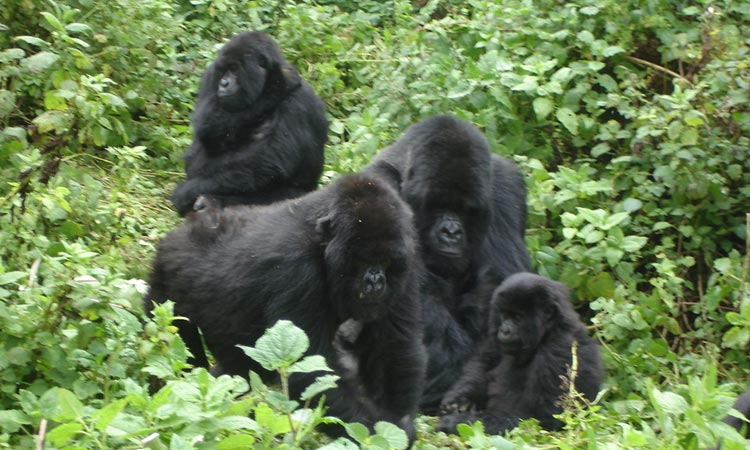
Rwanda gorilla trekking experiences
What is the best time of year to go gorilla trekking in Rwanda?
Gorilla trekking in Volcanoes National Park is a year-round activity, but the optimal time for a visit is during the dry season on your Rwanda Gorilla Trekking Experience
This season spans from June to August, with a second dry period occurring in December, January, and February.
Choosing to embark on a gorilla trek during the dry season offers several advantages. Trails are less slippery, facilitating easier movement for trekkers as they hike the dense rainforest and negotiate the steep slopes of the park.
The wet or rainy season, which extends from March to May and October to November, presents more challenging trekking conditions. The gorilla trails become slippery and muddy during this period, posing difficulties for trekkers.
The increased rainfall can limit visibility which is a challenge for trekkers as they through the slippery steep slopes and dense rainforest.
What should I pack for a gorilla trekking adventure in Rwanda?
The Rwanda Gorilla Trekking Experience packing list includes the following.
-
Sturdy waterproof hiking boots
-
Safari socks or Gaiters to keep insects, and climbing plants away from your ankles and socks.
-
Neutral-colored long-sleeved shirts and trousers or pants that protect you from stinging plants/nettles, crawling insects, and thorns.
-
Backpack to carry your picnic lunch, drinking water, energy snacks, sunglasses, and some hand wipes.
-
A rain jacket, sweater, and some hand gloves( made of strong material to grip branches or vines)
-
Insect repellent and sunscreen/ block.
-
Camera with a mid-sized lens for easy portability.
Where to stay in Volcanoes National Park.
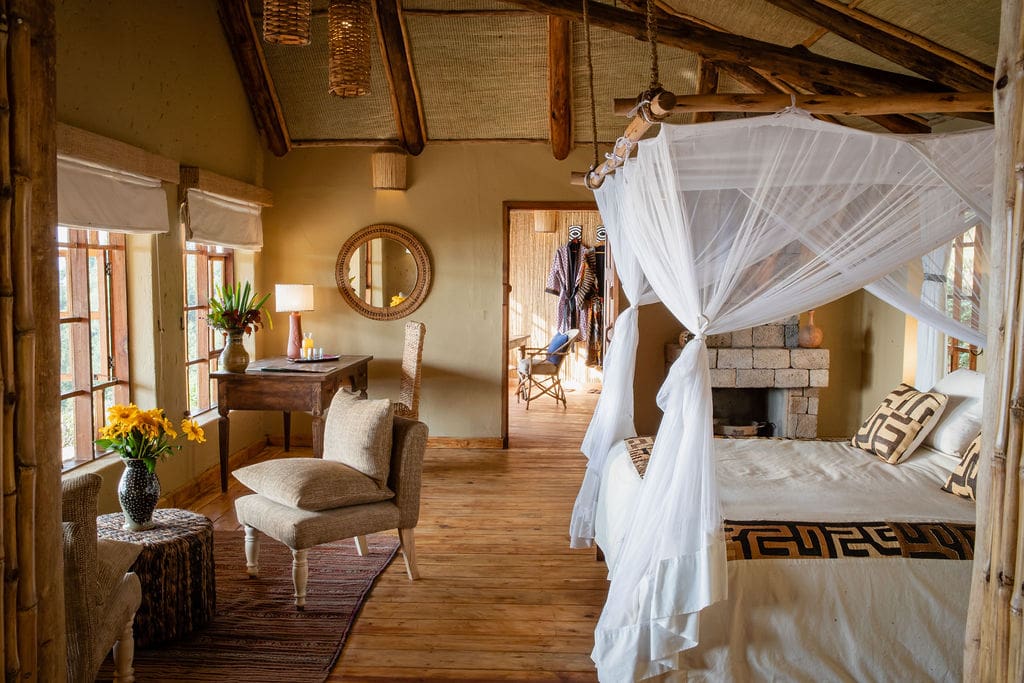
Virunga lodge bedroom
Volcanoes National Park accommodation options range from luxury to budget.
Bisate Lodge is a premier experience comprising six traditionally shaped villas with conical thatched roofs. It is surrounded by dense foliage woodland at the entrance of the Volcanoes National Park.
Sabyinyo Silverback Lodge is a premier experience comprising six charming stone cottages, two luxurious suites, and one spacious family unit with two separate bedrooms.
Each elegant cottage features large sitting areas, fireplaces, stylish en-suite bathrooms, and a sheltered veranda with cinematic views over the volcanoes.
One&Only Gorilla’s Nest Lodge is a luxury experience surrounded by eucalyptus trees and comprising twenty-one rooms.
Fourteen are guest rooms while the seven are one-bedroom suites that include 2 super suites. It is decorated with a touch of traditional Rwandan culture.
Virunga Lodge is a luxury experience located atop a ridge and offers picturesque panoramas of the Bulera (aka Burera) and Ruhondo lakes and the volcanic peaks of the Park.
Singita Kwitonda Lodge is a luxury experience located on 178 acres 7 one-bedroom suites, A two-bedroom suite, and a Four-bedroom villa -the Kataza House.
Five Volcanoes Boutique Hotel is a mid-range option comprising 9 Deluxe guest rooms, a Family Suite, a Honeymoon Cottage, and 3 Standard rooms.
Mountain Gorilla View Lodge offers 30 guest cottages with sweeping views of the Virunga Mountains as a backdrop.
How to get to Volcanoes National Park.
The trip from Kigali to Volcanoes National Park takes between 2- 3 hours. From Gisenyi, via the Gisenyi Goma road, it takes 1 hour and 30 minutes.
From Uganda, the drive from Kabale/Bwindi National Park or Mgahinga National Park is about a 3-4 hour drive via the Katuna or Cyanika border.
Check out our Rwanda gorilla trekking experiences and get in touch with us at info@travelerslinkafrica.com.

